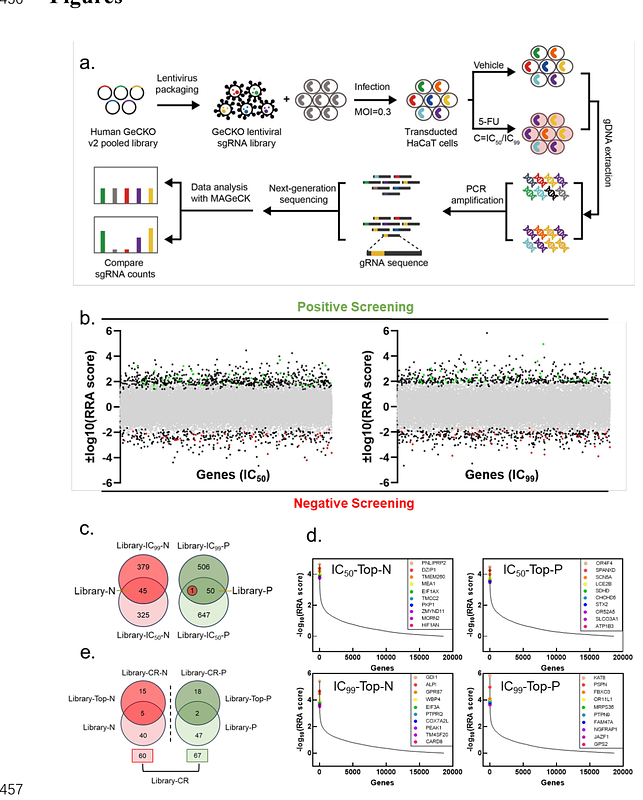Integrating Literature Evidence to Enhance CRISPR-based Target Screening for Hand-foot Syndrome

Integrating Literature Evidence to Enhance CRISPR-based Target Screening for Hand-foot Syndrome
Yang, Q.; Yang, B.; Lv, D.; Xu, S.; Luo, J.; Zhang, S.
AbstractTraditional experimental high-throughput screening (HTS) methods, exemplified by CRISPR-based screening techniques, have revolutionized target identification in drug discovery. However, such screens generate expansive and unrelated target lists necessitating costly and time-consuming experimental validation. To address this challenge, we propose a dual-filter strategy that integrates literature-mined targets with CRISPR/Cas9 screening outputs, prioritizing pre-validated candidates in literature to minimize lab validation burden. To validate our dual-filter strategy, we applied it using hand-foot syndrome (HFS), a clinically challenging side effect induced by fluoropyrimidine treatment, as a model. This approach identified ATF4 as a key regulator of 5-FU toxicity in the skin and revealed forskolin as a potential therapeutic agent of HFS. Mechanistically, forskolin alleviates HFS by the induction of MEK/ERK-mediated ATF4 expression, which upregulates I{kappa}B through activating the negative feedback loop within the integrated stress response (ISR) pathway. Our findings demonstrate that this dual-filter strategy could significantly accelerate drug discovery by improving target screening efficiency and reducing experimental burden.